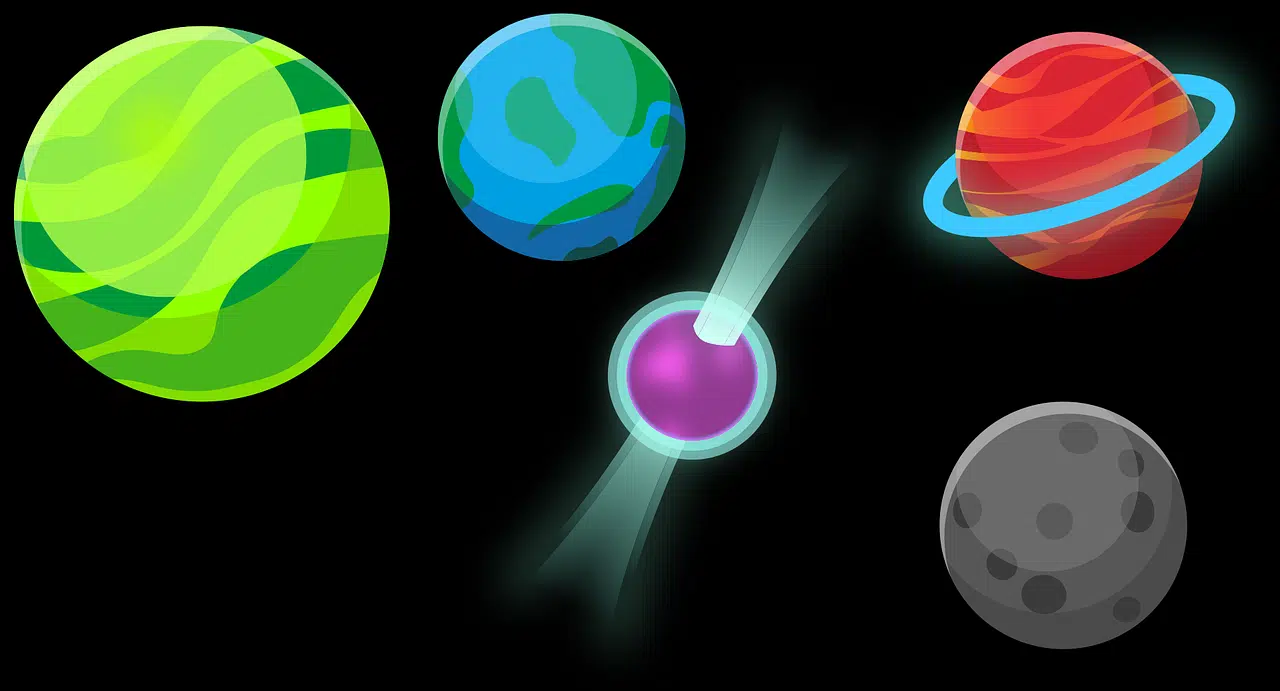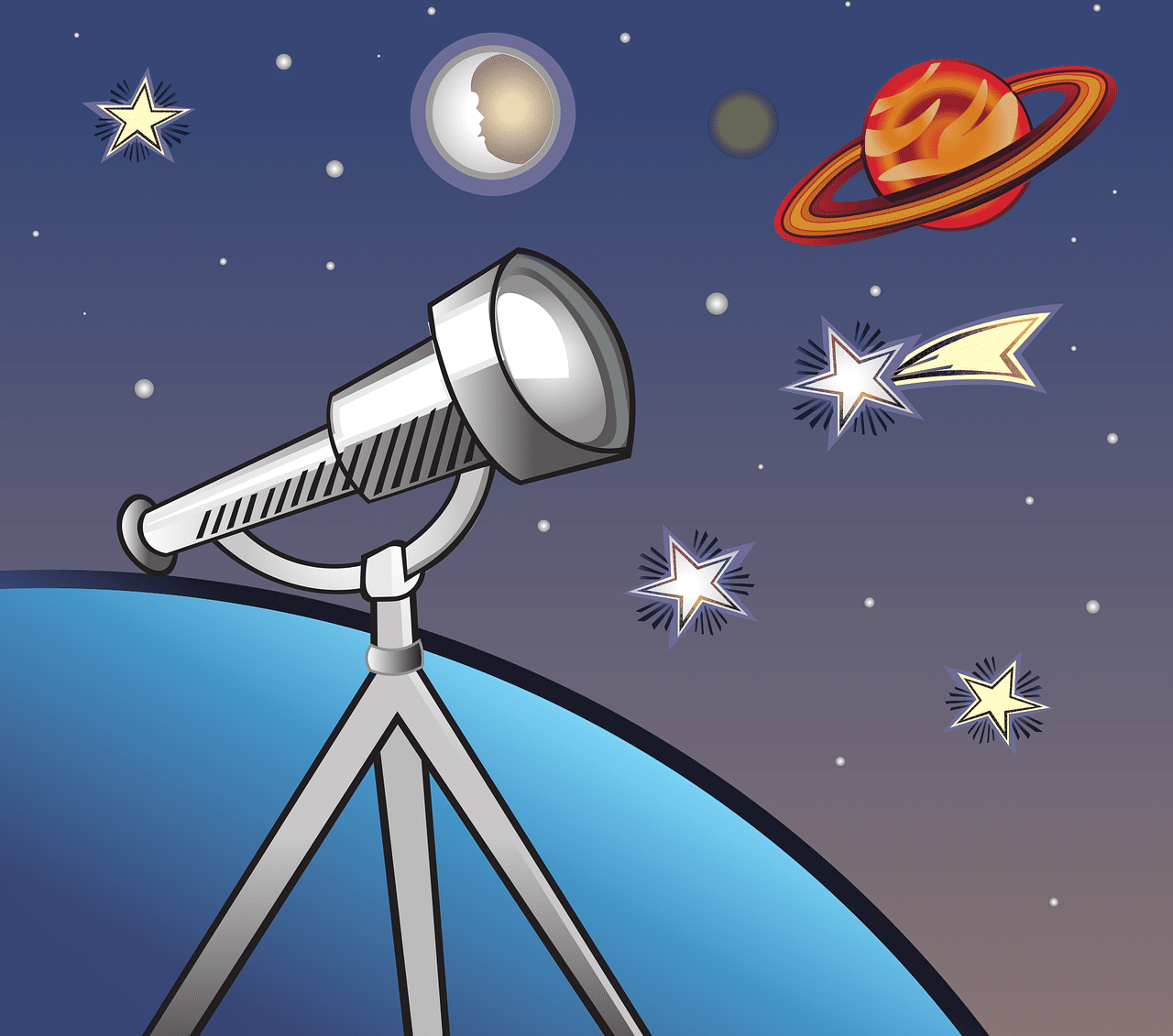
Astrochemistry combines scientific knowledge from different disciplines to study how the materials and elements present in interstellar space are chemically composed.
Astrochemistry is the name of an interdisciplinary science that focuses its attention on the study of the physical processes of the stars and the composition of the material that is found in interstellar space and that, generally, is concentrated in molecular clouds of considerable dimensions. In this discipline, useful when learning about the origin of life on Earth and answering numerous mysteries of the Milky Way and beyond, questions related to the field of chemistry , knowledge of astronomy and other concepts linked to astrophysics .
Its field of study covers both interstellar space and the solar system , being key in the challenge of accumulating evidence that allows confirming or rejecting the idea of extraterrestrial life . In any case, it is important to be clear that there are specializations in this area. Analyzing the chemical composition of each matter present in the universe and dealing with the characteristics and structure or nature of cosmic dust and asteroids , comets and meteorites , for example, is the subject of cosmochemistry , a specialty of enormous value for planetology. which even deals with examining the emergence and evolution of chemical elements and isotopes . Something more different is the interest of astrobiology , which draws on resources from chemistry , astronomy , astrophysics and other branches to investigate both the existence on our planet and the possibility of extraterrestrial life .
Organic astrochemistry , prebiotic astrochemistry and nuclear astrochemistry are other varieties that allow us to understand space and its components in depth.
Astrochemistry, a valuable science
Astrochemistry is a valuable science because it allows us to recognize a large number of classes of complex molecules (including amino acids ). Experts in this discipline work around interstellar molecules (without leaving circumstellar molecules aside) and are achieving findings that contribute to educating us more (and better) in relation to the evolutionary process on Earth and other planets .
When making a measurement linked to the absorption power and the capacity of atoms and molecules to emit light in different environments, specialists use spectroscopy and make observations using telescopes . The information obtained in these circumstances after analyzing in detail both the absorption spectrum and the emission spectrum ) is combined with laboratory studies in order to determine the temperature of nebulae and stars , the chemical composition and the abundance (or scarcity) of various elements. . When there is exposure of molecules to infrared radiation , modern astronomical observation equipment is able to detect the vibration frequencies .
It is worth highlighting the existence of nuclear magnetic resonance spectroscopy (a technique suitable for establishing structures of biological, organometallic or organic molecules), ultraviolet-visible spectroscopy (a modality based on the illumination of a sample substance with electromagnetic rays with different wavelengths). within the visible and ultraviolet range) and infrared spectroscopy (useful method to identify inorganic and organic compounds, for example).

Exoplanets are studied from exoplanetology, a science enriched by knowledge from astrochemistry, astronomy, astrophysics and geochemistry, among other disciplines.
Molecules and elements in space
Thanks to advances in astrochemistry and other scientific disciplines, humans have at their disposal an interesting variety of knowledge related to the universe . Humanity has managed, within this framework, to be aware of the existence and particularities of the molecules and elements that exist in space .
Some time ago, to detail one of the most recent findings, an interstellar molecule made up of at least 3 oxygen atoms has been discovered. This compound, called carbonic acid, supports the theory of panspermia , a belief that life arrived on Earth from outside, supporting the idea that life forms exist in every corner of the universe .
It has also been determined that hydrogen and carbon monoxide are the most present molecules in the cosmos. By studying in depth how the interstellar medium is made up, experts on the subject have recognized gas (essentially made up of helium and hydrogen ) and dust particles.
On the other hand, a few seasons ago the results of beneficial research came to light for the understanding of what, and what, the chemical reactions developed in stellar clouds or in the vacuum are about. This information is vital to perfect and expand astrochemical work .

Radio telescopes, spectrographs and telescopes are essential instruments for the work and research of those dedicated to astrochemistry.
Tools and techniques used in astrochemistry
Although above we have alluded to some resources and procedures specific to the scientific specialty that motivates this article, below we will share data of interest focused on the tools and techniques used in astrochemistry .
In addition to the use of telescopes (instruments that, depending on their characteristics, are classified as space telescopes or infrared telescopes ), astronomical experts use sophisticated equipment called spectrographs . If they want to focus on capturing radio waves that come from celestial bodies, they then resort to radio telescopes .
Link of interest:
https://ciencia.nasa.gov/universo/el-legado-de-ciencia-e-ingenieria-de-sofia/
